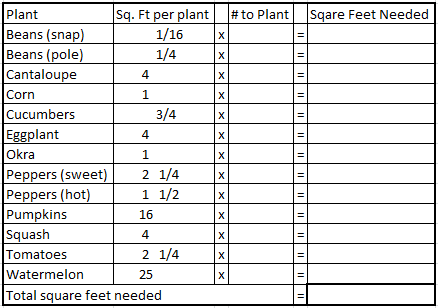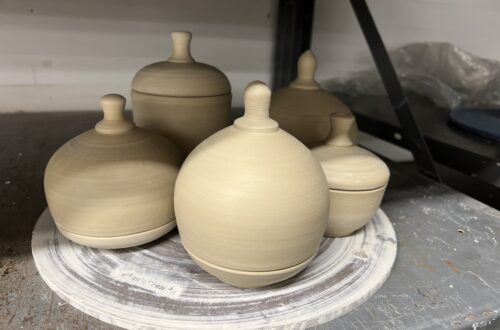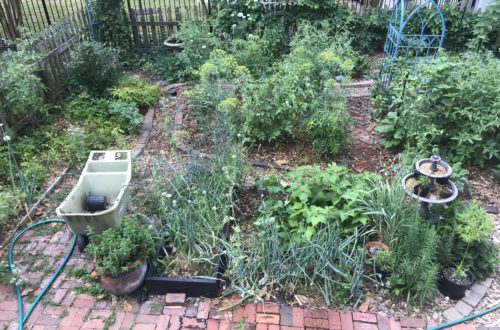10 Weeks of Vegetable Gardening: Week 3
Each Friday I am posting a weekly guide for prepping your home vegetable garden. In Raleigh, the last killing frost date is April 11 (on average, give or take a week), so my first weekend for planting outdoors is April 9.
I have a tendency to do before planning and end up with far more things to plant than there is space for. However, if you are willing to put in a little time and thought, there is no need to waste seed and materials. Go out and measure the size of your garden and use this sample chart to help you determine how many plants to include and the amount of space each will take.
The next step is to sketch out your garden and plan where things will go. I prefer to use a 1ft grid. I take into consideration the path the sun makes across the sky, the height of plants, shade, where I have planted things before (rotation is important with tomatoes in particular), which plants compete with each other or can serve as companions. I love using this article on Wikipedia as a guide.
This past weekend I worked on my plan. I like to get a little crazy each summer by trying something experimental. One summer I did a “Pillar of Peppers” which completely flopped, and last summer I tried a mini field of corn with pole beans growing up them. That flopped too. This summer I am trying a “Wampanoag Garden” which I came across while researching companion plants.
Now it is your turn!
Tasks:
- Make your own chart with the veggies you want to include.
- Determine how many of each you want to plant. For guidelines on how many plants are required to feed a person per year, check out “Home Vegetable Gardening” by NCCES.
- Determine if your plans exceed your capacity. If so, cut back on the plants, make plans to expand, or consider growing vertically and other intensive growing methods. Viney plants such as cantaloupe, pumpkin and watermelon can be allowed to sprawl outside a raised bed, so they won’t necessarily take up all that space in the garden if you train them properly.
- Sketch your beds and color in potential locations for the plants.
- The following seeds may be started indoors: dill, eggplant, sage, spinach, swiss chard, and tomatoes.





2 Comments
Paige
I should probably state that the lettuces in the proposed "summer" plan will be left over from spring planting and replanting in the fall 😉
Chockfullof
This is SO helpful! I just threw some compost into our garden and am already anxious to taste our first tomatoes. Last year's garden was a bit of a disaster with the heat, so I'm keeping my fingers crossed for this time.
Ps. Great blog! Just added you to my favorites!